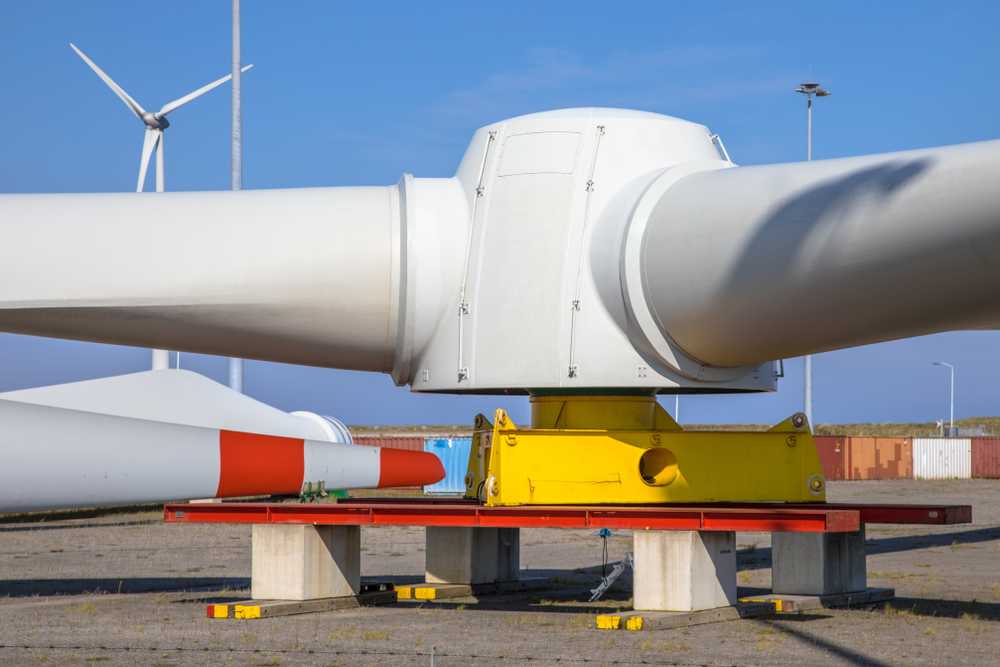The planned offshore wind farm in Liivi Bay between Estonia and Latvia is stalling. Enefit Green, a subsidiary of state-owned Eesti Energia, and Japan’s Sumitomo Corporation have ended their partnership. This means that international investors are withdrawing from a project that was originally intended to be a showcase for Estonia’s energy transition. A lack of government support and unclear market conditions make billion-dollar investments too risky.
Investors are leaving Estonia
“There is still no clear commitment from the state to introduce contracts for difference or other mechanisms that are crucial for long-term investments in power generation.” Enefit Green cites these words as the reason for its decision. Sumitomo is pulling out completely, even though the Japanese group only acquired half of the project company in February. At the time, the goal was to form a close partnership for Estonia’s first offshore wind farm in the Gulf of Riga. The U-turn marks a bitter setback.

Back in the spring, the partnership looked promising. With Sumitomo on board, the offshore park was set to become a milestone in energy supply. However, the lack of a political framework led to the deal falling through. Investors need certainty, and Estonia is currently unable to offer that. Countries such as Poland and Denmark are attracting investors with clear funding instruments, while Estonia remains indecisive in comparison.
Enefit Green keeps project option open
Despite pulling out, Enefit Green is not sitting idle. CEO Juhan Aguraiuja emphasizes that environmental assessments and approval procedures are continuing. “We want to develop the project further and are keeping it alive through these steps. However, the actual implementation will be postponed until safer times.” The message sounds like a rallying cry, but it also shows that the company is not abandoning its offshore strategy.
Without Sumitomo, however, it lacks a strong partner with capital and international experience. Enefit Green now faces the challenge of keeping the project afloat on its own until political conditions offer more planning security. As a result, the future of the wind farm depends more than ever on government decisions in Estonia.
Political hesitation weakens Estonia
The withdrawal of Japanese investors underscores how difficult it is for Estonia to retain international partners. Without clear commitments, the country risks falling behind in the competition for offshore wind power. While its neighbors are building large wind farms, Estonia remains in limbo.
Whether Liivi Bay will ever supply wind power depends on whether the government finally offers investors reliable support mechanisms. Enefit Green appears determined, but that alone is not enough. If Estonia misses the opportunity to send clear signals now, the dream of the first offshore wind farm in the Baltic Sea could fail once and for all.
